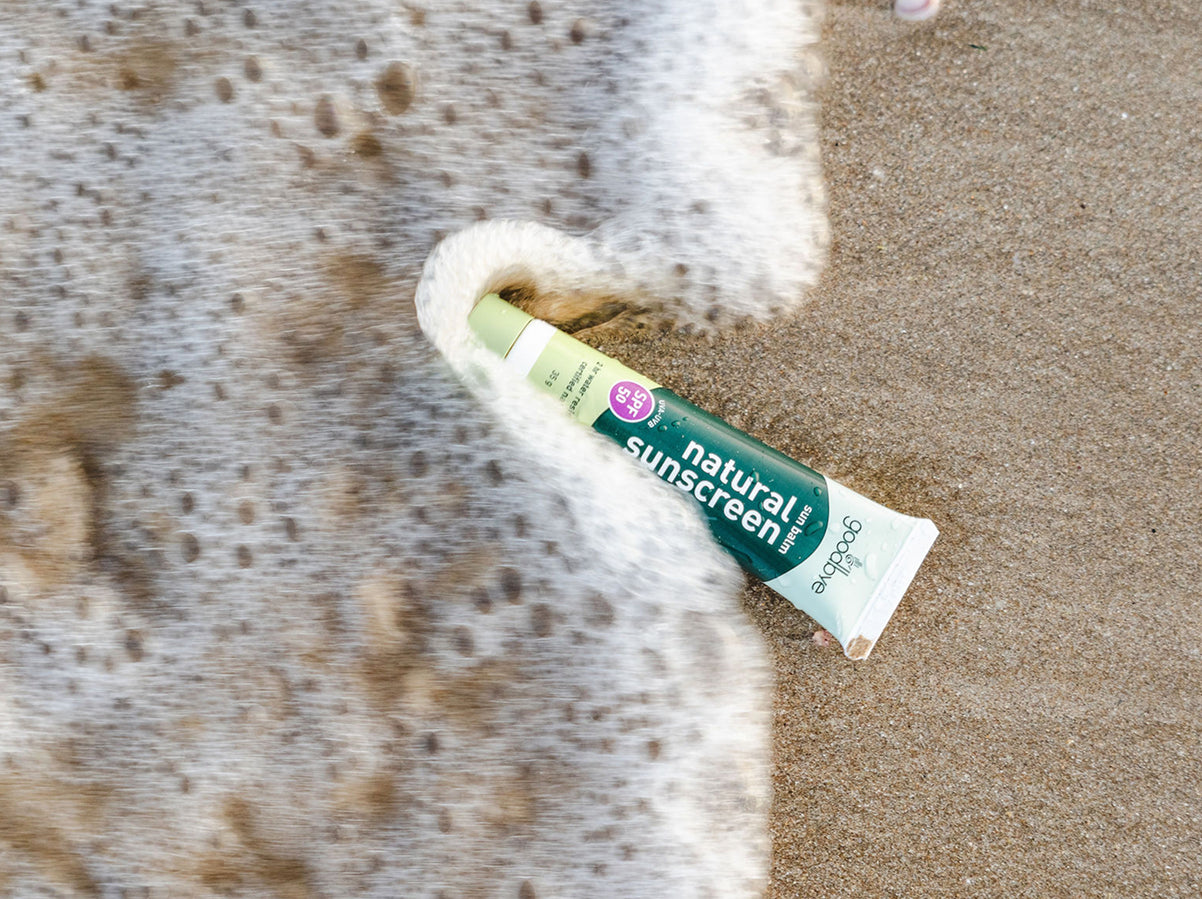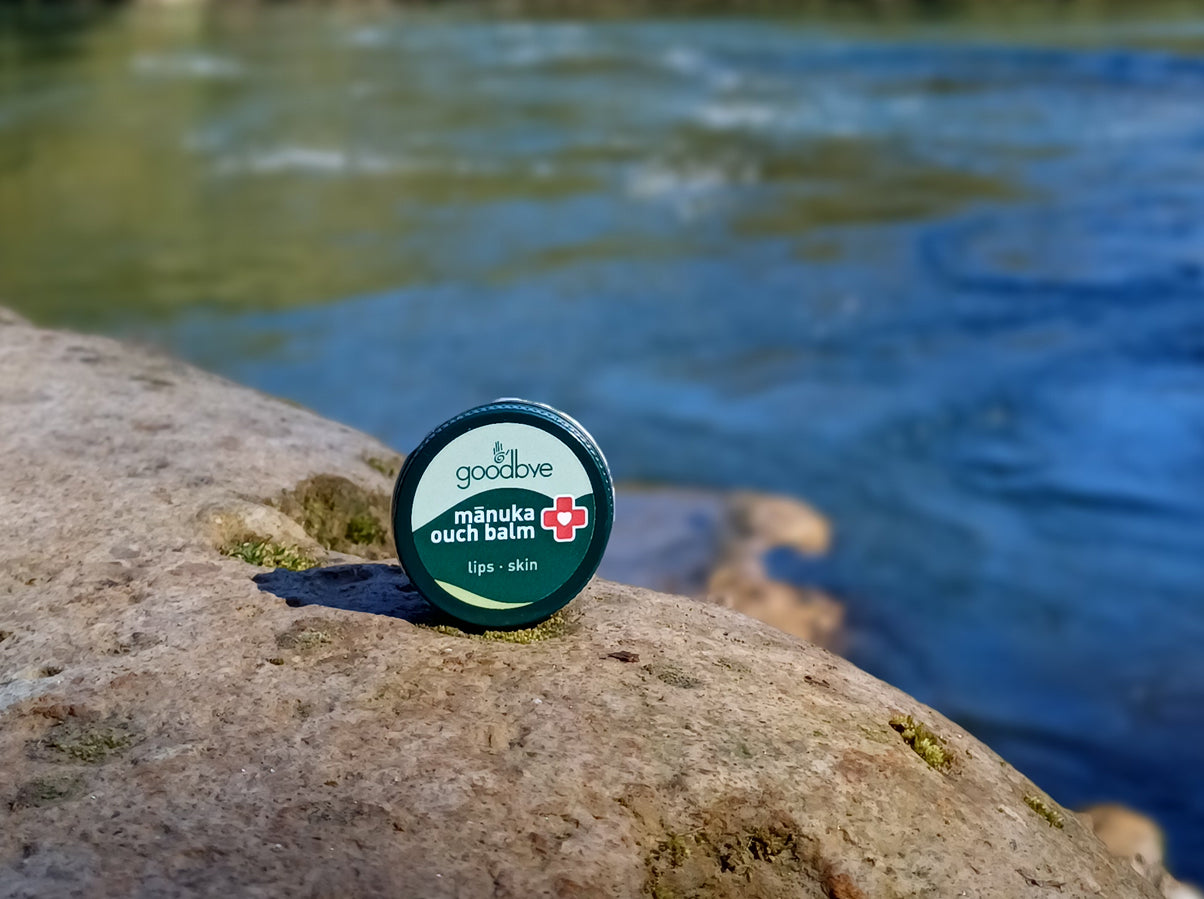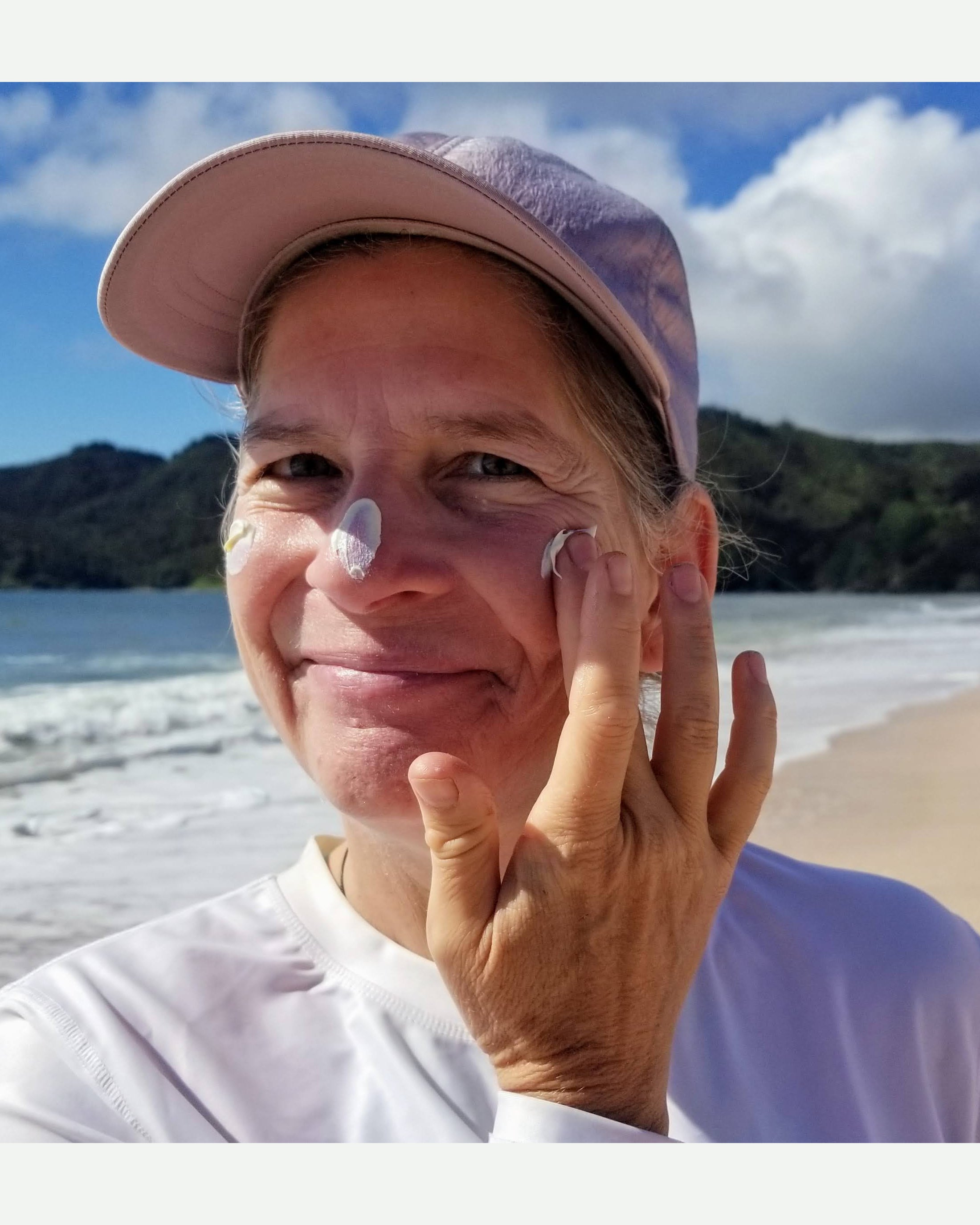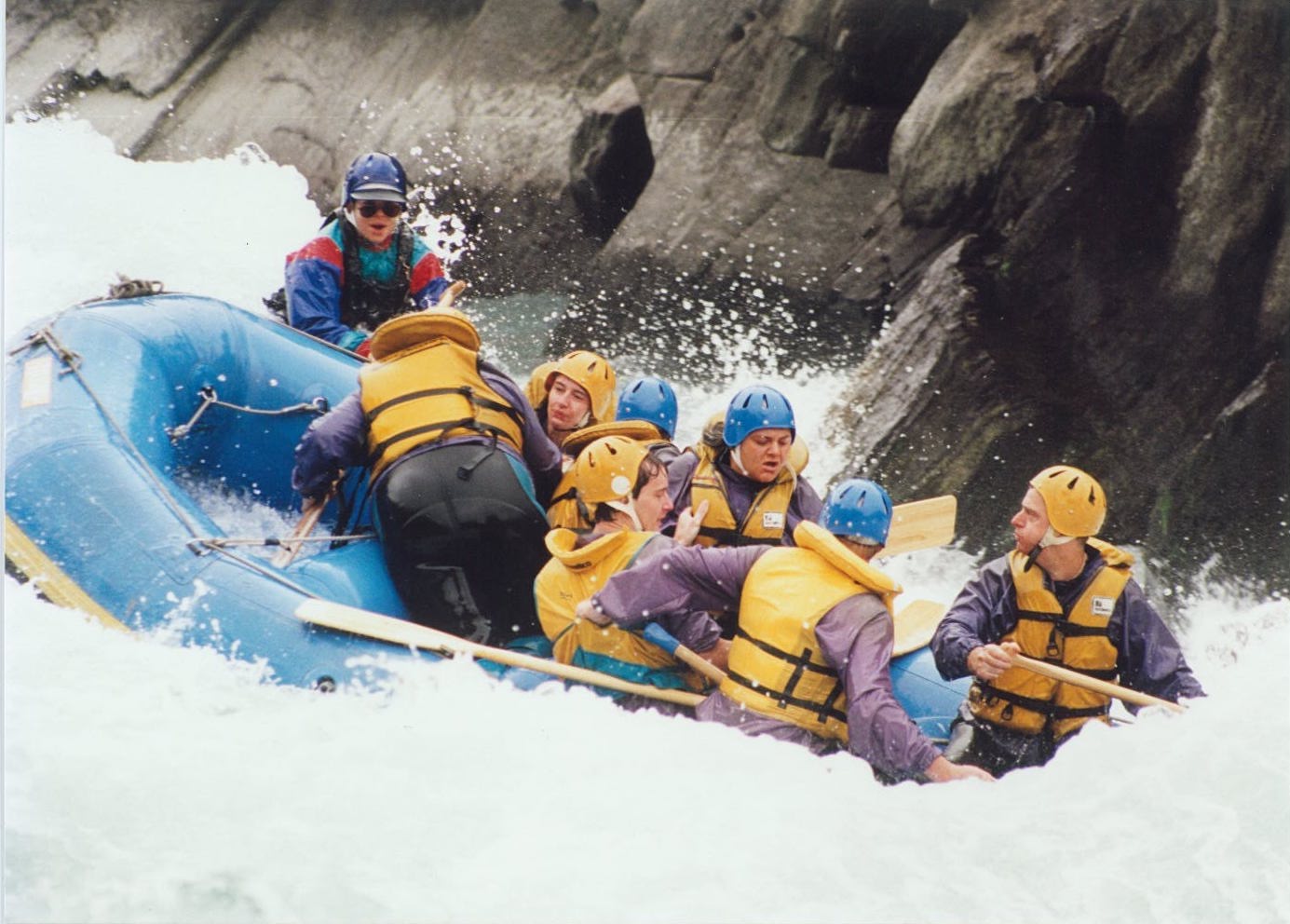Not in the Brochure
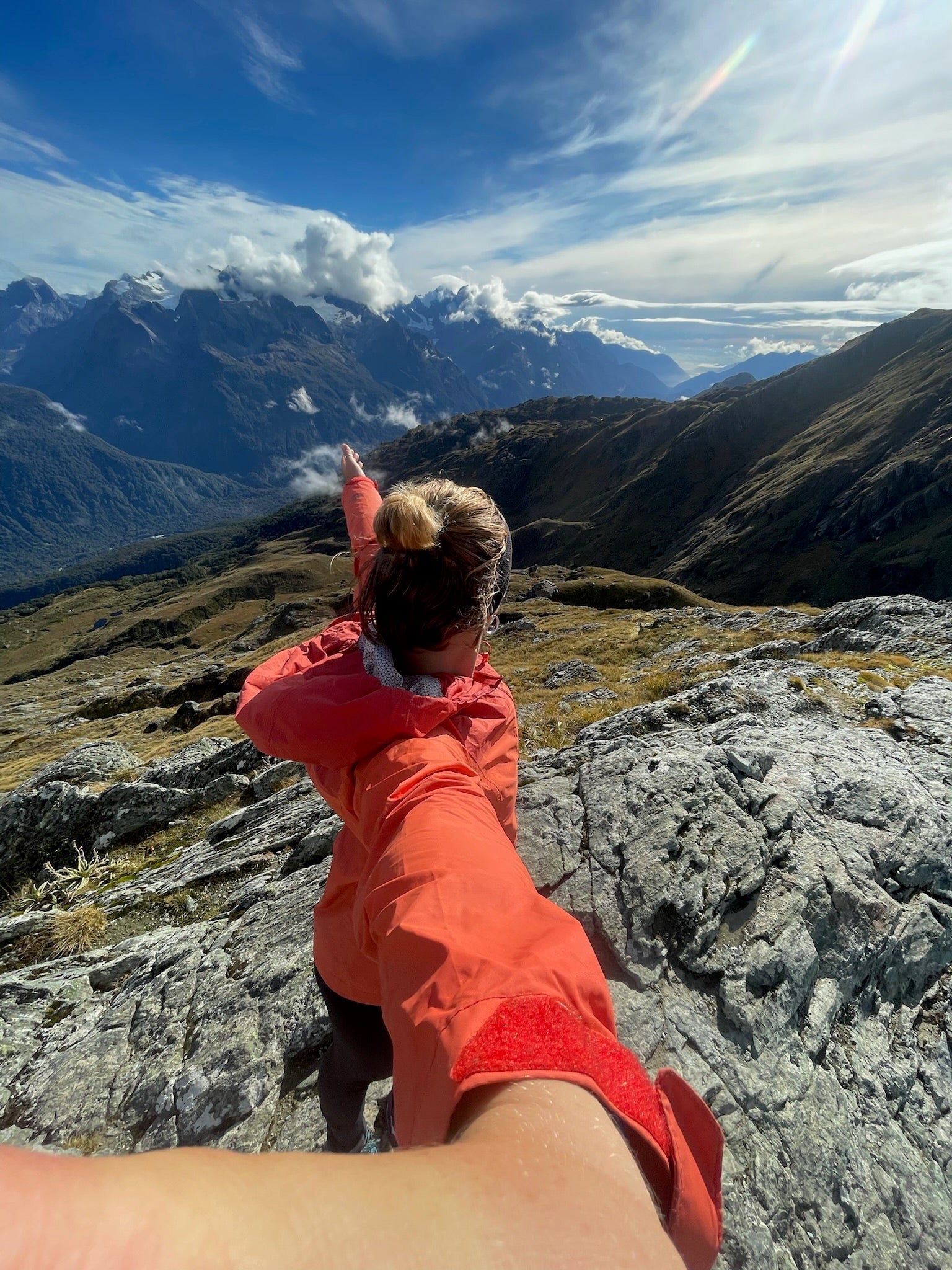
This last few months I've gotten reacquainted with tramping in New Zealand. I basically dipped out of the hiking missions for something over twenty years, and my daughter's enthusiasm has brought me back to it.
The re-introduction has given me plenty to consider. One, Oh, I really love being backcountry! Two, there's been some changes.
Fresh from the Routeburn track a few weeks ago, here's my take on the changes I noticed. Note, this is commentary based on two Great Walks, not all back country huts or the people that adventure further.
The huts are in WAY better condition, the beds, the booking system, the rangers, the conservation clarity are all better organised and more effective. Where else can you go that has a ranger that's done 20 something years? (John, Falls Hut), who then tells you about the next ranger that's done more than 30 years. (Clive, McKenzie Hut). In days gone by I don't remember being entertained by a night's stand up comedy routine about the history of the area.
The bunks are better. No longer lined up like 12 ducks in a row high and low, the huts bunks are made in little subdivided areas. This is great for a small sense of privacy, but sound still bounces around.
People still snore. And loudly. A full hut is a symphony. Think of night time as a time to lie down and rest, not a time to get a good sleep.
The tracks are in better condition, certainly more all weather.
The toilets flush, the huts are dry and warm, there's a weather report on the board posted daily.
In New Zealand we are immensely wealthy in wilderness access. The commitment to hut and track upkeep means that we get to visit a part of the outdoors that is remote and wild. It's a corridor through wilderness, and it gives an opportunity to all of us to easily enjoy this incredible outdoor space.
It also helps give access to those who would otherwise not be capable of being that far back-country. The Great Walks in particular seem to attract a wider range of walker.
Social media has made these walks seem even more accessible, and it's changed the flow of tourism. The Routeburn is now 80% walkers that come from overseas.
From the 20-something year old from Singapore who saw a Routeburn post on Instagram and designed an entire NZ trip around doing this walk. He hiked up and down every hill he could find in preparation. He looked well-packed and moved well on the terrain.
To the French couple who powered each day like a warm knife through butter. They were fit and happy in their own (fast) company.
Interestingly, it was the Kiwis that tended to be over-packed and under-prepared. And as a result, there were incredibly challenging, at times tearful, experiences.
"It wasn't in the brochure", she said. Having just spent the most incredible clear, windy day above tree line, I felt the same. How could you ever convey how amazing this place is.
But she didn't mean it that way, and clarified, "It didn't say there would be rocks in the track in the brochure." She continued with a whole list of things that were unpleasant and unexpected from a day of the track.

Great Walks, while more accessible are still wilderness, not Disney. There's rocks, roots, slippery areas, a little bit of exposure, up and down and up and down and up and down.
Here's a few things that were lovingly and painfully carried by our hut mates. Coca-cola, fresh milk, devices for watching a movie, a wool blanket, cotton hoodies, a full thick glass bottle of spirits, full-sized over ear headphones, and said brochure.
I want more for you. So, if you decide to make a plan for one of these bigger walks. Here's a couple of hints.
Weight matters.
Everything you carry is weight on your legs going up, over and down, over and over for hours. For a 3-4 day hut trip, you want to be carrying 8 kg to 12 kg, 15 kg max! The goal is not to carry your home and it's luxuries. The goal is to celebrate traveling sleek. No glass, no extra liquids.
Clothing matters.
No cotton. When cotton gets wet, it gets heavy, wicks heat from your body, and the skin goes all prune-like, more ready for chills and blisters. Go for wool or fleece socks, jackets, leggings or hiking trousers and lightweight, quality rain jacket preferably with some breathability. If you don't have fleece clothing, you don't need to buy the latest colour at the outdoor shop (although they aren't too expensive there either). You can find heaps of reasonable clothing and gear at a local op shop. One set of clothes for the hut, one for walking, rain gear, warm gear. As a preventative, put balm on your feet and any areas you tend to chaffe. Stop to tape any hot spots before they become blisters.
Weather matters.
Your entire experience is defined by the weather. And mostly, when it comes to the Great Walks, it doesn't have to put you off, you just need to be even more prepared. Make sure your hut clothes and sleeping bag stay dry with an inside liner or light dry bags and a pack cover. Take a warm hat that you can sacrifice to getting wet, this is the fastest way to add comfort while on the move.
Food matters.
Keep your snacks handy. Mix salty and oily with sweet and keep them at hand even as you are walking. When you are burning calories, food is your friend. Not everything has to be dehydrated food in sachets. You can take porridge, nuts, chocolate, dried mango, a sachet of tuna, cheese, crackers.
Water matters.
Keep a water bottle handy on your walks, drink small amounts regularly. Have a way to treat or filter water.
Pace matters.
Slow and steady, slow and steady. If you are being challenged by the length of a walk for a day, set a pace that you can maintain, however slow that is. You'll cover ground far more efficiently than rabbiting and stopping. You do not have to be super-fit, but you do need to be able to walk for hours with weight on your back with reasonably big uphills and downhills. Get ready by walking lots, every day for a 30 to 60 minutes on tracks with hills over a couple of months will add a great base fitness. If you can do 2 hours with 5kg comfortably in preparation, you'll be ready for 4 hours with 10kg on the track. Feeling competent and comfortable to cover the ground allows to you enjoy the ground you cover.
Conservation matters.
Every scrap comes back out with you, including orange peels and apple cores. Our presence is disruptive enough, we don't need to add food scraps or rubbish to the environment that sees thousands of people per year on these precious corridors. To manage the numbers, many walks are managed with hut and campsite allocations- you need to have a booking. But just because many of the walks get booked out months in advance doesn't mean you can't go. Cancellations happen regularly, and you can often pick up a last minute booking.
Wonder matters.
Take moments to see and hear where you are. Notice light and bird song, wind and tree presence. The greens! The water! Mountains clarify, and re-set nervous systems. Even more so, when you are willing to really engage with all that is there. They upgrade you so that you return a better person. It is a magnificent space to be in, and if you allow it, your heart will sing.
Oddly enough, a singing heart is not in the brochure either.


